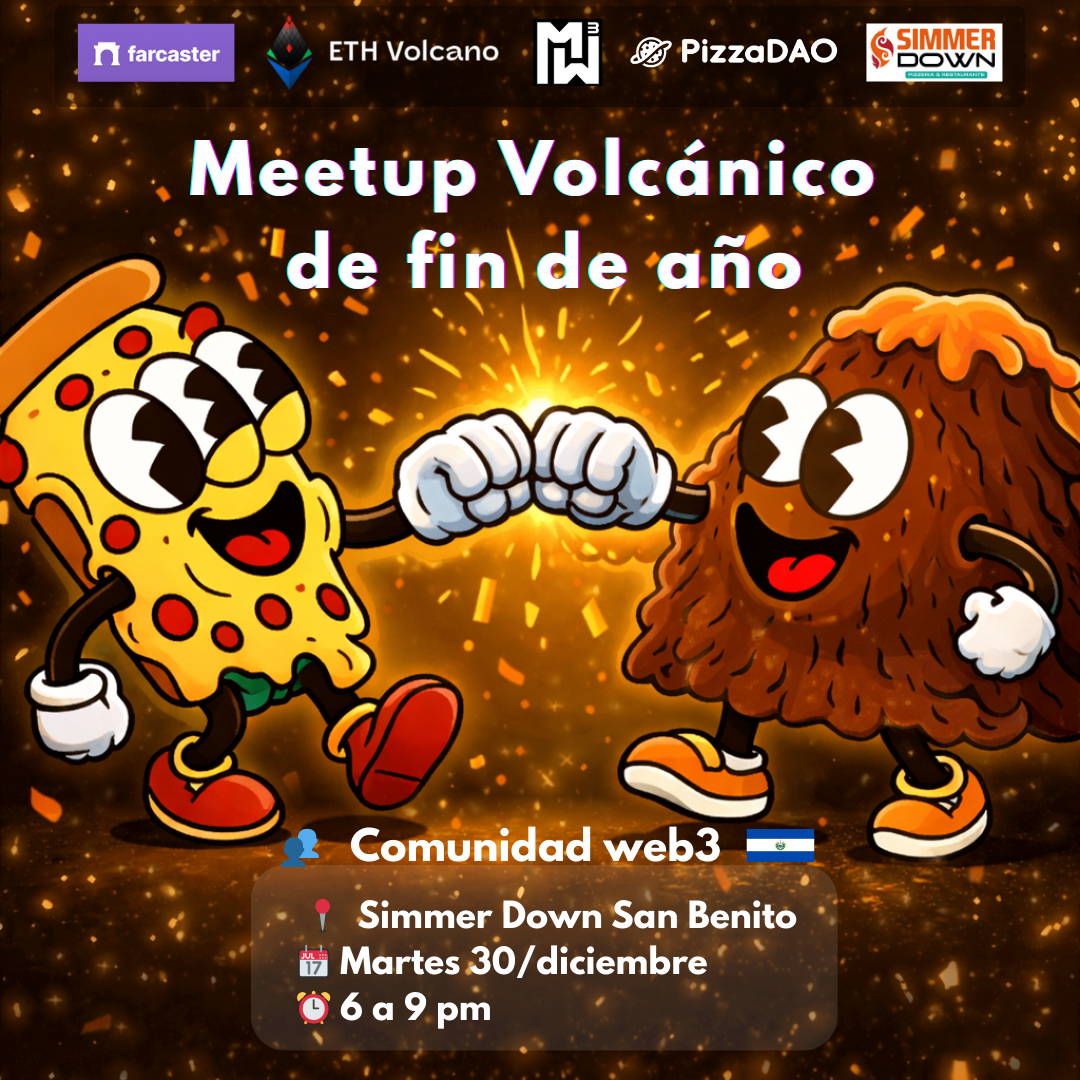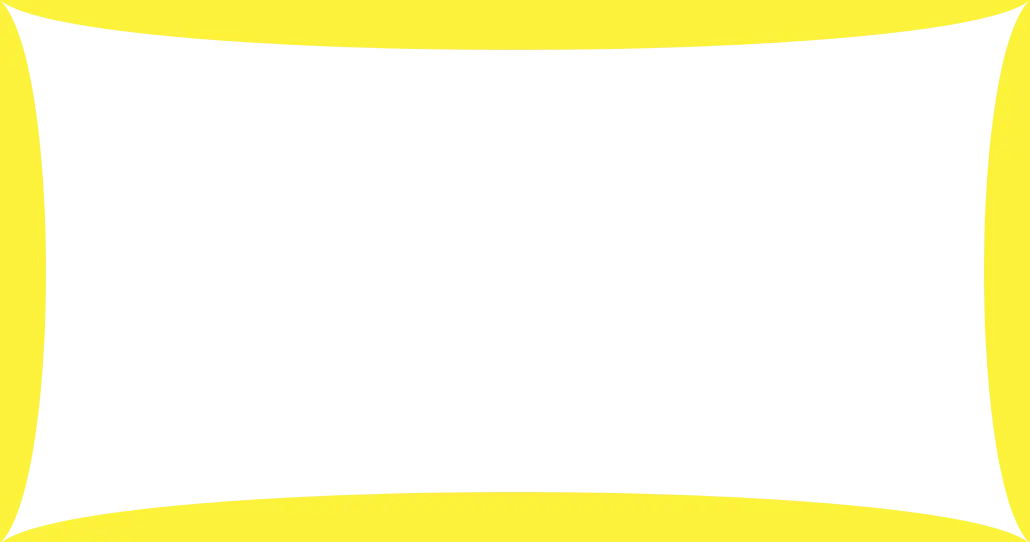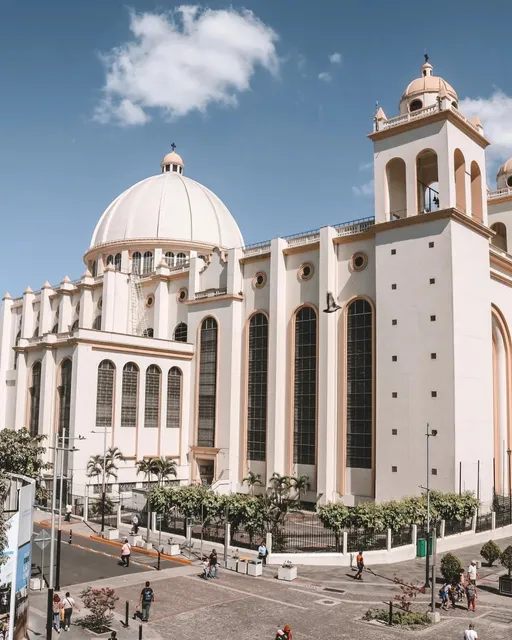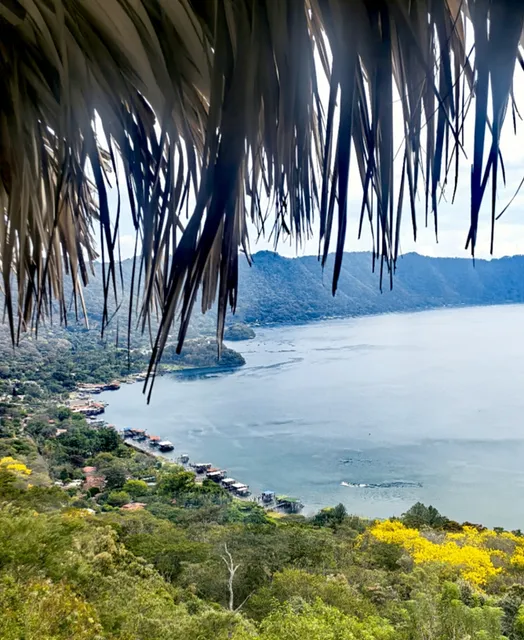Sitio arqueológico Joya de Cerén
El sitio arqueológico Joya de Cerén se ubica al sur del actual caserío con el mismo nombre en el municipio de San Juan Opico, La Libertad. Este sitio es muy importante ya que comprende los restos de la aldea prehispánica mejor preservada en Mesoamérica. En 1993, fue declarado Patrimonio de la Humanidad por la UNESCO, por ser el único sitio arqueológico en El Salvador con evidencias de vida cotidiana de los habitantes de Mesoamérica de hace de 1600 años así como por su excelente estado de preservación de la botánica y fauna antigua, y por ser una fuente de valor sobresaliente desde el punto de vista de la historia, arte y ciencia.
El sitio permite apreciar la vida cotidiana de un pueblo maya agricultor de hace 1400 años (siglo VII), el único conocido en El Salvador.1
Es uno de los sitios arqueológicos más importantes de Mesoamérica porque muestra cómo era la vida de la gente común y corriente. Por eso se le llama a menudo la Pompeya de América, en comparación con el sitio arqueológico de Pompeya, localizado en Italia.
Joya de Cerén es un sitio precolombino de El Salvador que escenifica la vida diaria de los asentamientos indígenas antes de la conquista española el cual fue descubierto accidentalmente en 1976. Un lugar único en toda Mesoamérica.
En los recorridos marcados por las estructuras descubiertas apreciará la cotidianidad de un pueblo maya agricultor que se vio obligado a abandonar sus hogares a causa de una fuerte erupción volcánica en el año 250 y nuevamente fue habitado en el año 400.
Su nombre Joya lo toma por la importancia del sitio arqueológico y Cerén por que la hacienda donde fue encontrado el sitio cuando construían los silos para almacenar granos perteneció a la familia Cerén.
Hace aproximadamente 1400 años el sitio arqueológico de Joya de Cerén era una aldea floreciente a orillas del Río Sucio, antes llamado Nexapa. Los 5 km que separan Joya de Cerén con el también sitio arqueológico Campana San Andrés exigían aproximadamente una hora a pie o un viaje breve en canoa por el río Sucio.
Joya de Cerén fue destruida por la erupción de Loma Caldera, situado a menos de 1 km del asentamiento. Aunque la erupción afectó solamente unos 5 km², ésta enterró la aldea bajo 14 capas de ceniza la cual cayó en varias oleadas a temperaturas que oscilaban entre 100 y 500 °C,2 protegiéndola contra los elementos. Se cree que los aldeanos lograron huir a tiempo, porque no se ha encontrado ningún cuerpo. Dejando atrás los utensilios, cerámica, y alimentos.
El sitio fue descubierto en 1976 cuando se preparaba el terreno para construir silos para el Instituto Regulador de Abastecimientos (I.R.A.). Se realizó el primer análisis en 1978 y 1980 por el Dr. Payson Sheets, profesor de antropología de la Universidad de Colorado en Boulder, Estados Unidos.
El Museo de sitio fue creado en 1993, y el actual edificio inaugurado en 2003. Exhibe su contenido distribuido en tres salas dedicadas a las temáticas siguientes: Introducción, Mesoamérica, Antecedentes del sitio, Descubrimiento del sitio, Vulcanología, Investigación del sitio, Vida cotidiana, Arquitectura domestica y de uso especial, Medio ambiente, Conservación, Plan de manejo, Visión y significado cultural.
Información para el visitante al Parque Arqueológico Joya de Cerén
Ubicación:
Kilómetro 35 carretera a San Juan Opico, departamento de La Libertad
El parque ofrece:
Un asentamiento maya conservado por una erupción volcánica ocurrida por 650 d.C. Hay 10 estructuras prehispánicas expuestas, incluyendo 2 casas, 2 bodegas, una cocina, un temascal (baño sauna) y otras.
Museo de sitio.
Estacionamiento, área de picnic, cafetín (limitado a agua, gasesosas, bebidas rehidrantes, snacks).
Horario:
Martes a Domingo, 9am a 4pm (cerrado los días lunes).
Tarifas:
$1.00 / nacionales, $3.00 / extranjeros.
$1.00 / vehículos livianos, $2.00 / buses
Entrada gratis para nacionales menores de 8 años y mayores de 60.
Centroamericanos pagan igual...
Read more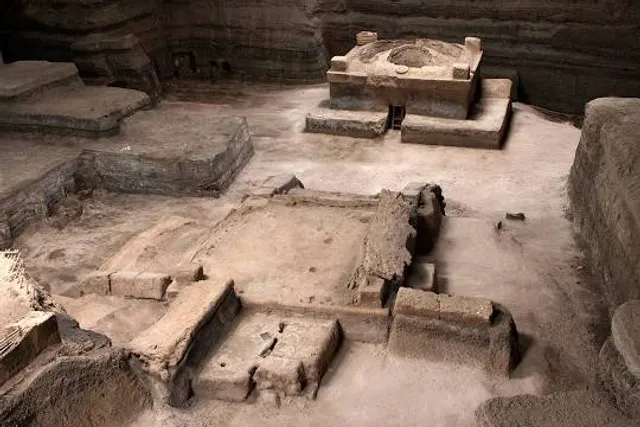
 Learn more insights from Wanderboat AI.
Learn more insights from Wanderboat AI.



